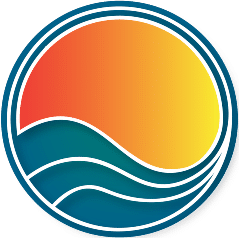Send Us A Message And Get Started!

Solace Treatment is licensed and/or certified by the State Department of Health Care Services.
License #: 191240AP
Expiration: 09/30/2025
Our facility is centered in the heart of the beautiful LA area.
Follow Us On


